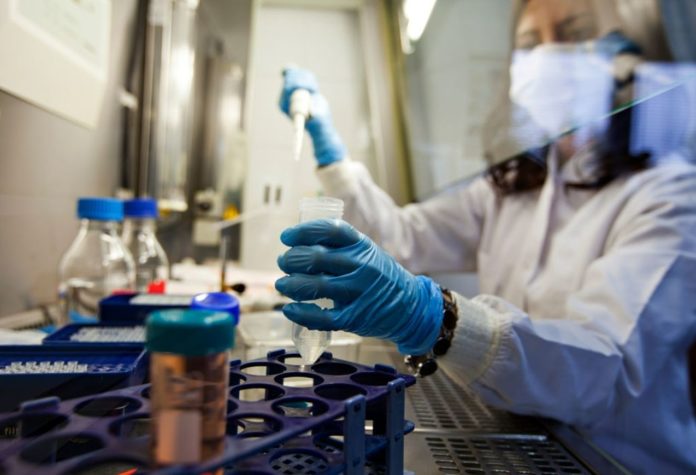The findings, published in the Journal of the American Chemical Society, suggest a powerful new twist into photothermal therapy, an experimental cancer treatment that utilizes light-generated heat to attempt to destroy tumour cells.
A nanoparticle combination of viral coat proteins and dye molecules enables lasers to destroy tumour cells and then invites the immune system to clean up the following mess.
Scientists explain why mutations in the virus cause COVID-19 to spread so rapidly
Photothermal therapy mainly involves injecting inorganic nanoparticles, such as gold nanorods, into a tumour and then heating the particles with lasers to selectively eliminate tumour cells. The cell debris then stimulates the immune system, which attacks what remains of the tumor. However, most studies have found that this one-two punch is insufficient and frequently leaves cancer cells that potentially spread behind. Additionally, when gold accumulates in the body, it can be poisonous.
Arezoo Shahrivarkevishahi, a graduate student in chemist Jeremiah Gassensmith’s lab at the University of Texas in Dallas, and her colleagues instead used viruslike particles (VLPs)—structures derived from virus proteins but lacking viral genetic material.
This new drug combination effectively fights against COVID infection
They created VLPs by reusing proteins from bacteriophage Q that self-assemble into the virus’s coat. They next painted each particle’s surface with an average of 212 molecules of croconium dye, which is harmless and absorbs near-infrared light, by altering functional groups on the proteins. That much dye, Shahrivarkevishahi explains, “may generate a lot of heat.”
Not only is the generated particle biocompatible, but because it mimics viruses and is recognised by the immune system, she believes it may elicit a stronger immunogenic response than phototherapy with inorganic particles. Additionally, the researchers discovered that tumor cells absorb the nanoparticle twice as efficiently as they absorb dye alone.
A new way to detect the risk of psychotic illnesses in children early
The researcher applied the particles into breast tumour cells implanted into mice’s mammary glands and then activated the therapy with near-infrared laser light applied to the skin over the tumor. Mice given this combined treatment—VLPs adorned with dye—had a 70 percent reduction in initial tumors, a 85 percent reduction in metastases, and a 30 percent increase in survival when compared to mice given saline injections. Additionally, the particles outperformed bare VLPs or dye alone in terms of tumor reduction.
While the current work demonstrates a simplified form of the strategy, covalently linking Q coat proteins or another VLP to chemotherapy or other cancer medications may further enhance the treatment’s efficacy.
An antiviral pill that cuts the risk of hospitalization or death from Covid by half – trials show
Image Credit: Getty
Source: https://doi.org/10.1021/jacs.1c05090
You were reading: A nanoparticle that can destroy tumor cells effectively
